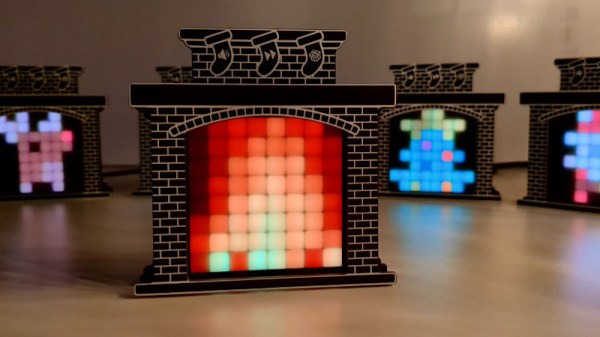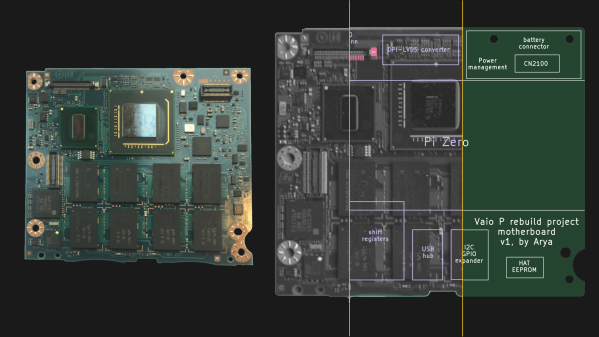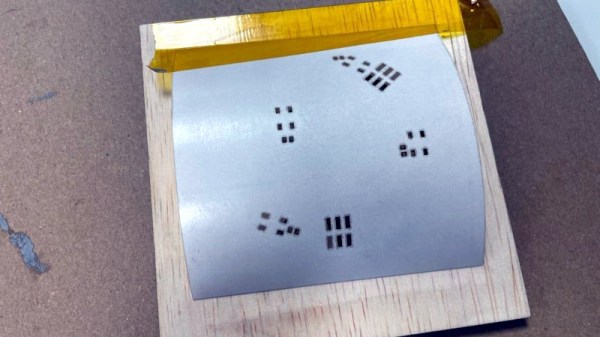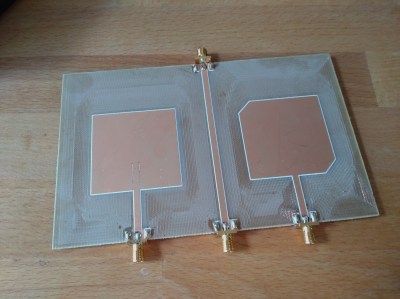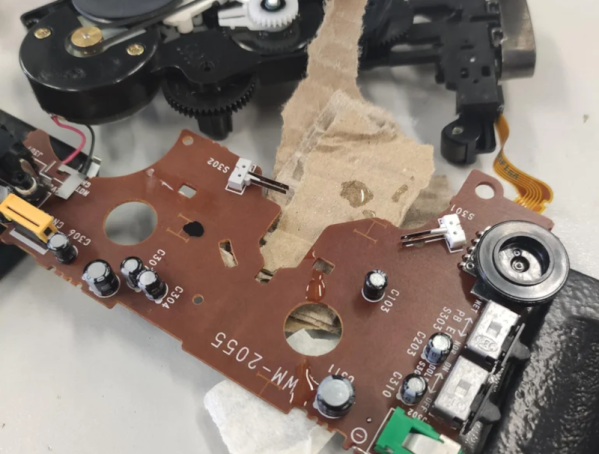Once you’ve mastered the near-magical ability of turning your ideas into a piece of hardware you can hold in your hand, it’s only natural that you’ll want to spread the joy. The holidays are a perfect time to produce a custom piece of electronics for friends and family, but there’s a catch: going from making one or two of something to making dozens of them can introduce some interesting challenges. Not only will you want to cost optimize your design, but to save yourself some aggravation, you’ll likely want to simplify the assembly process.
The fifty electronic fireplaces designed by built by [Adam Anderson], [Daniel Quach], and [Johan Wheeler] are a perfect example of both concepts, and while we’re coming across it a bit late for this year’s gift exchange, we wouldn’t be surprised if these MIT-licensed beauties end up under a few more trees in 2024.
Continue reading “An Animated LED Fireplace Powered By The CH32V003”

